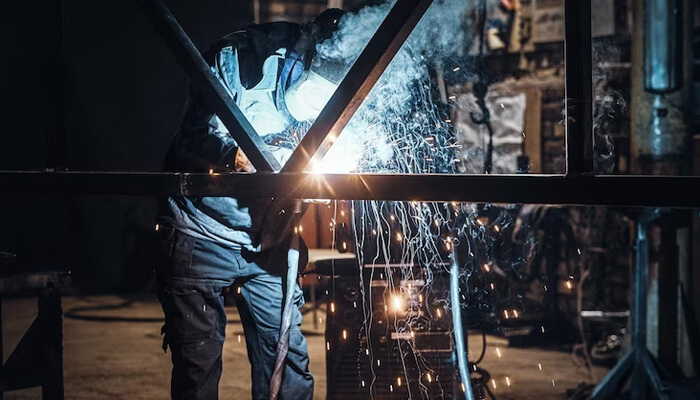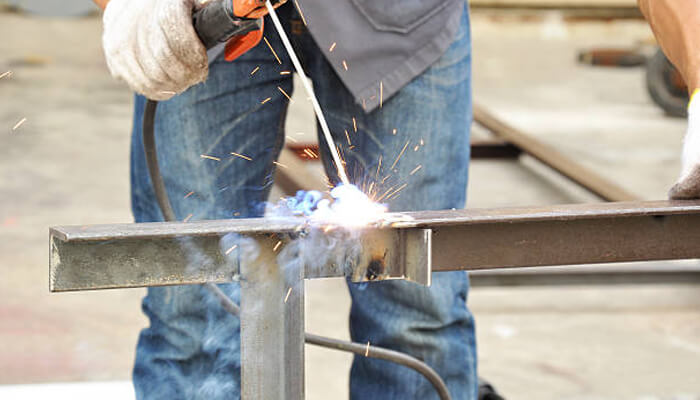Stick welding is a popular welding technique that is commonly used in several industries. It is an ideal option for welding iron and steel, and it is also suitable for welding other metals such as nickel alloys, copper alloys, and stainless steel. If you are new to the world of welding, stick welding is a great place to start. In this blog post, we’ll provide you with everything you need to know about stick welding, including its advantages and disadvantages, the materials you need, and expert tips.
What is Stick Welding?
Stick welding is a welding technique that uses a stick electrode consisting of a filler metal rod coated in flux. The flux is designed to protect the weld area from oxygen and other atmospheric gases, which can cause contamination and weaken the weld. Stick welding is also known as Shielded Metal Arc Welding (SMAW). This welding process requires a lot of skill, patience, and practice to master, but once you get the hang of it, it can be an excellent welding technique for various welding applications.
Advantages of Stick Welding
Versatility: Stick welding can be used on a wide range of metals, including steel, stainless steel, cast iron, and some non-ferrous metals.
Portability: Stick welding equipment is relatively portable, making it a popular choice for field welding or other applications where mobility is necessary.
Low Cost: Stick welding equipment is relatively inexpensive compared to other welding processes such as TIG welding or MIG welding.
Simple Equipment: Stick welding equipment is simple and easy to set up and use, requiring minimal maintenance and no additional shielding gases.
Welding in Outdoor Environments: Stick welding is better suited for outdoor welding applications than other welding processes, as it is less affected by wind or other environmental factors.
Good for Thick Metals: Stick welding can handle thicker metals more efficiently than other welding processes, making it ideal for heavy-duty welding applications.
Easy to Learn: Stick welding is relatively easy to learn compared to other welding processes, making it an ideal choice for beginners or hobbyists.
Disadvantages of Stick Welding
Despite its advantages, stick welding does have some disadvantages. It produces a lot of spatter and slag, which can be messy and time-consuming to clean up. The welding process also requires a lot of skill, which can be challenging for beginners. Stick welding produces a lot of heat, and it’s not suitable for thin materials because it can cause warping and distortion.
Materials Required for Stick Welding
To start stick welding, you’ll need the following materials:
A stick welding machine
A power source
A welding rod
Welding gloves
Welding helmet
Safety glasses
Chipping hammer
Wire brush
Ground clamp
Tips for Stick Welding
Stick welding requires practice and patience, but with these tips, you can improve your welding skills:
Clean the welding surface to remove any dirt, oil, or debris
Properly position your electrode
Select the right electrode for the job
Maintain a consistent arc length
Move the electrode in a circular motion to create a strong weld
Use the right amperage for the thickness of the metal
Monitor the weld pool for any cracks or defects
Stick welding is a versatile welding technique that is suitable for various welding applications. It’s affordable and accessible and produces welds that are strong and long-lasting. Despite its disadvantages, stick welding is an excellent option for welding thick materials, including heavy steel and cast iron. To start stick welding, you’ll need a few essential materials, and it’s essential to follow the expert tips and guidelines for the best results. With enough patience and practice, you’ll be able to master the stick welding technique and create excellent welds.



